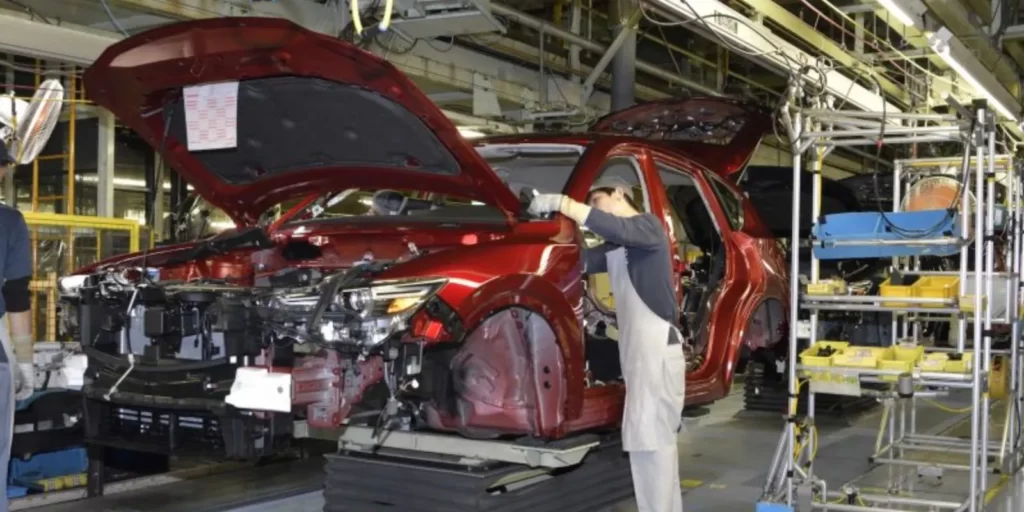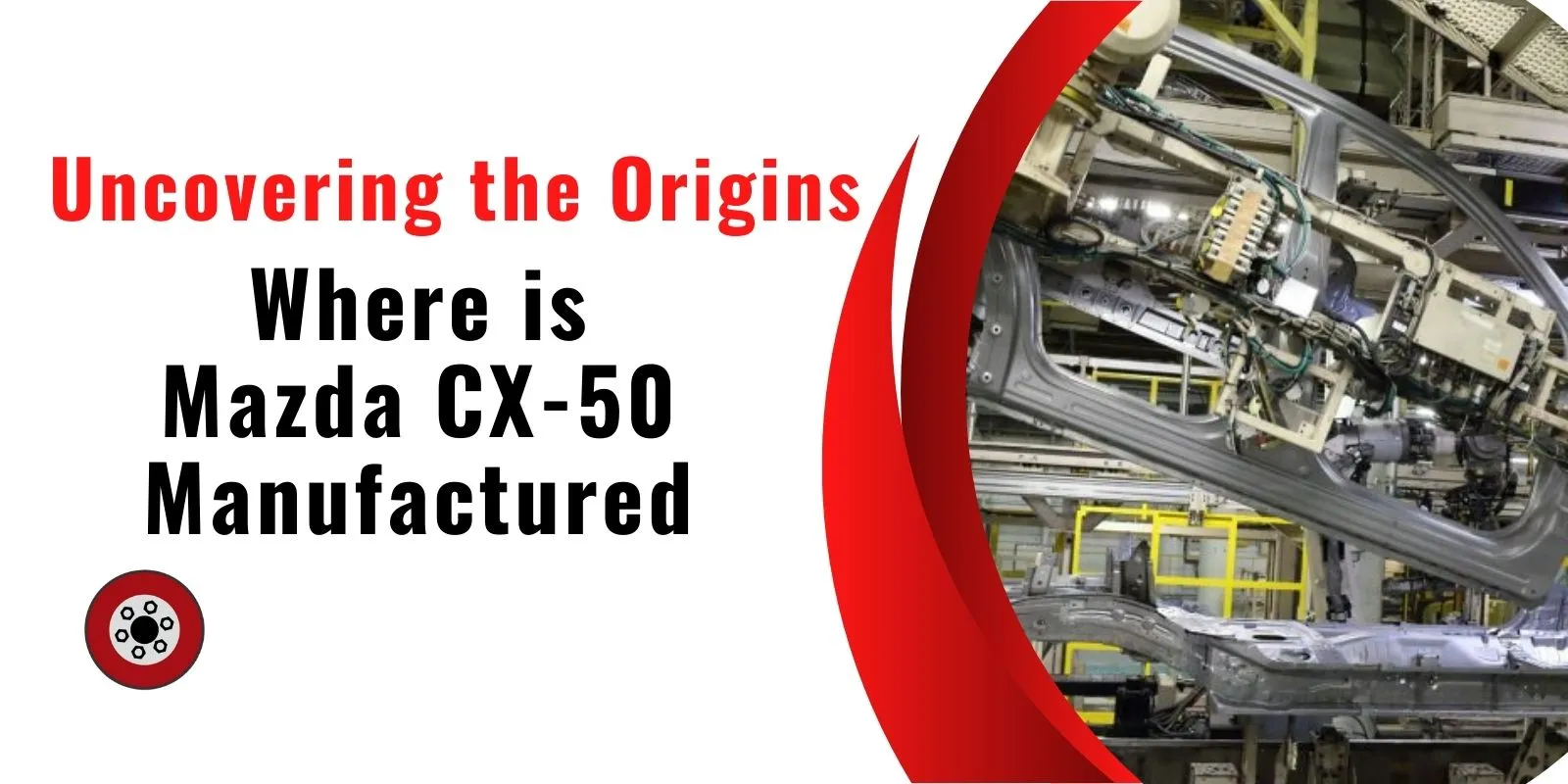In Huntsville, Alabama, USA’s MTM plant, and Japan’s Ujina Plant 1 and Hofu Plant, Mazda CX-50 comes to life, showcasing a stellar collaboration with Toyota, emphasizing precision and innovation.
When it comes to choosing a new vehicle, understanding where it’s made can provide valuable insights into its quality and craftsmanship.
In this article, we embark on a journey to uncover the origins of the CX-50, exploring Where is Mazda cx 50 built and the factors that influence its global presence.
Table of Contents
Where is Mazda CX 50 Manufactured
Mazda Toyota Manufacturing (MTM), USA: The CX-50 takes a trans-Pacific journey, being produced at the MTM plant in Huntsville, Alabama, USA. This joint venture between Mazda and Toyota signifies a significant collaboration in the automotive industry.
Ujina Plant 1, Japan: The primary production site for the CX-50 is the Ujina Plant 1 in Hiroshima, Japan. Established in 1981, this facility is renowned for crafting iconic Mazda vehicles, emphasizing quality and attention to detail.
Hofu Plant, Japan: Collaborating closely with Ujina Plant 1, the Hofu Plant in Japan produces various Mazda models, contributing specific components to the CX-50 assembly process.

Alabama Role in Production
Several factors contributed to the selection of Alabama for the CX-50’s production.
The state’s strategic location in the southern United States provides easy access to major markets and transportation hubs.
Additionally, Alabama offers a business-friendly environment with attractive incentives for automotive manufacturers.
Impact of Manufacturing Location
The manufacturing location of a car can influence various aspects beyond its origin label.
It can impact factors like:
- Availability and pricing: Cars produced closer to their target market tend to be more readily available and potentially more affordable due to reduced transportation costs.
- Customization options: Depending on the manufacturing location, specific features or trim levels might be offered to cater to local preferences.
- Employment and economic impact: Manufacturing facilities create jobs and contribute to the local economy, making the location a crucial factor for communities.
Global Manufacturing Network
Mazda, a revered Japanese automaker, operates a global manufacturing network spanning multiple countries.
This strategy ensures efficient production processes and caters to diverse markets.
Understanding the “Made in” Label
The “Made in” label on a car doesn’t solely indicate the origin of all components.
The CX-50 incorporates parts from around the world, assembled at different production facilities, underlining the complexities of modern manufacturing.
Beyond Geography: The Heart and Soul of the CX-50
While knowing the geographical origins of the CX-50 is interesting, it’s crucial to remember that the true essence of this car lies in its design, engineering, and the people who bring it to life.
Regardless of where its parts are sourced or assembled, the CX-50 embodies Mazda’s core values of innovation, craftsmanship, and driving pleasure, making it a truly special SUV.
A Strategic Blend: Merging Expertise for Quality and Efficiency
The decision to manufacture the CX-50 in both the US and Japan reflects Mazda’s strategic approach to global production.
By leveraging the strengths of each location, Mazda aims to achieve optimal efficiency, cost-effectiveness, and quality control.
The US plant caters to the North American market, while the Japanese facility serves other regions, including Asia and Europe.
Components Sourcing
Various components of the CX-50, including engines, transmissions, body panels, and electronics, originate from different parts of the globe.
This global network ensures access to the best components, enhancing overall quality and performance.
Post Conclusion
The Mazda CX-50, a collaboration between Mazda and Toyota, is produced in Alabama, USA, and Japan.
Alabama’s strategic choice impacts pricing and local economies. The global manufacturing network ensures diverse market coverage, with the “Made in” label clarified for component origins.
The CX-50’s essence lies in design, engineering, and Mazda’s values, transcending geographical boundaries through efficient dual production in the US and Japan.







